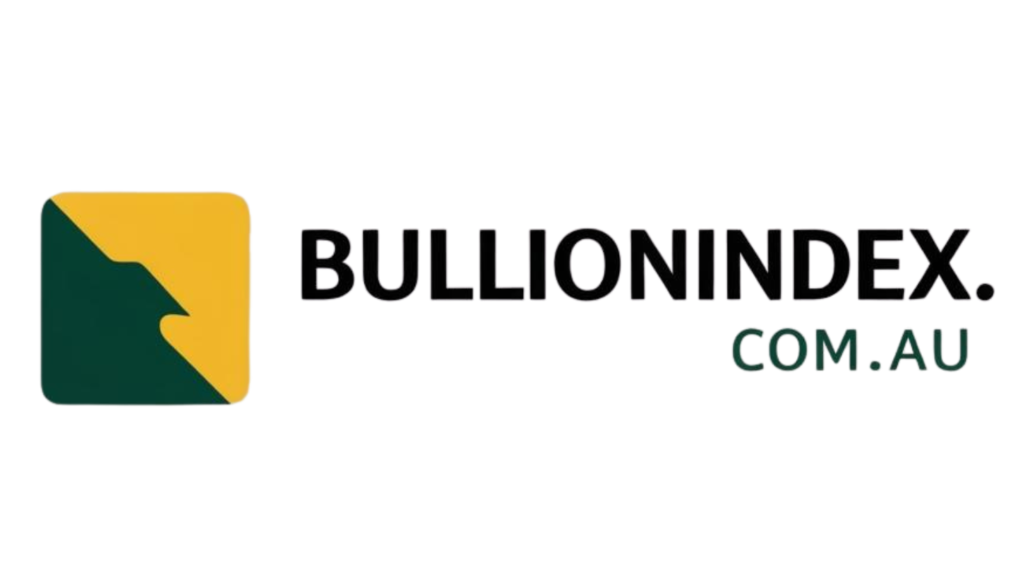Palladium, a precious metal with diverse industrial applications, particularly in the automotive sector, has witnessed fluctuating prices influenced by changing emissions regulations and the rise of electric vehicles. The market, dominated by production from Russia and South Africa, is sensitive to supply disruptions and geopolitical tensions.
As of August 21, 2025, the palladium price was at $1,110 per ounce, showing an upward trend from the beginning of the year but still below recent highs. The market dynamics are shaped by industrial demand, supply dynamics in key producing countries, and geopolitical uncertainties.
Looking ahead to the palladium price forecast for the years 2025 to 2030, third-party analysts offer varied outlooks. HSBC and UBS have adjusted their forecasts, considering factors like industrial demand, supply risks, and investor sentiment. While industrial demand remains steady, risks from potential supply disruptions continue to impact price movements.
Geopolitical factors, such as trade risks and production challenges, further contribute to market volatility. Deloitte’s report highlights the sector’s vulnerability to climate change-induced disruptions, emphasizing the need for sustainable practices and production resilience.
Algorithmic predictions, like Gov Capital’s forecast, suggest a mixed outlook for palladium prices in the coming years. These forecasts, influenced by historical data and evolving market conditions, reflect the uncertainties and risks inherent in palladium trading.
Several factors drive palladium prices, including industrial demand, supply trends, geopolitical risks, investment sentiments, technological changes, currency fluctuations, and secondary supply from recycling. Each factor presents unique risks and opportunities, shaping the market’s dynamics.
To trade palladium, investors can utilize commodity exchanges or financial derivatives like CFDs. Trading strategies vary from day trading to position trading, each tailored to different market conditions and investor preferences. Risk management tools, such as stop-loss orders, are essential for managing exposure to price fluctuations.
Considering the uncertainties in the palladium market, the decision to invest in palladium should be based on individual goals, risk tolerance, and market insights. Analysts’ forecasts for palladium prices in 2025 and beyond indicate a range of potential outcomes, highlighting the need for thorough research and risk management.
Overall, palladium trading offers opportunities for investors but requires a deep understanding of market dynamics, risk management strategies, and a cautious approach to navigate the complexities of this volatile market.
📰 Related Articles
- Silver’s Future Trajectory Amid Price Surge and Market Dynamics
- Palladium Price Trends and Market Outlook for 2025
- Palladium Market Shift: Experts Forecast Equilibrium Amid Supply Challenges
- Palladium Market Outlook 2022: Volatility and Price Recovery Ahead
- How to Invest in Silver Bullion: Strategies, Analysis, and Market Dynamics






